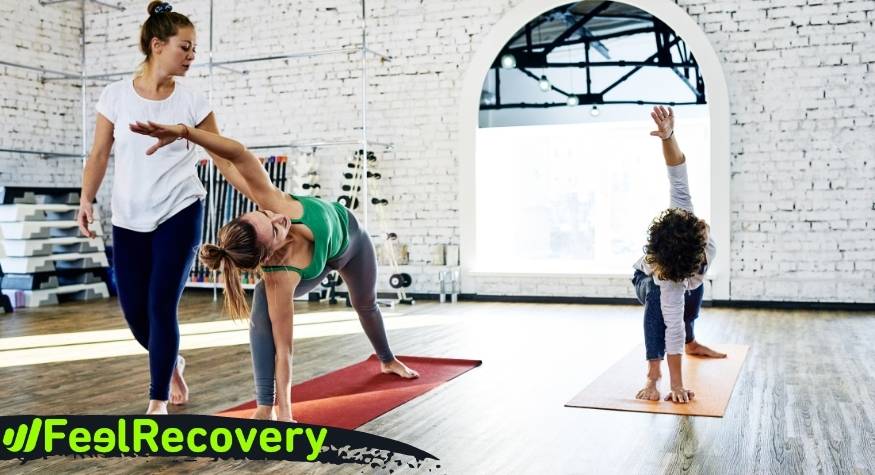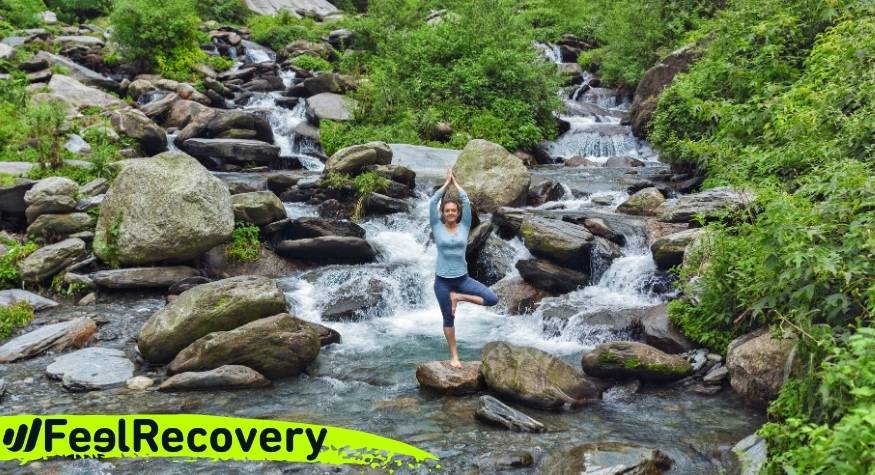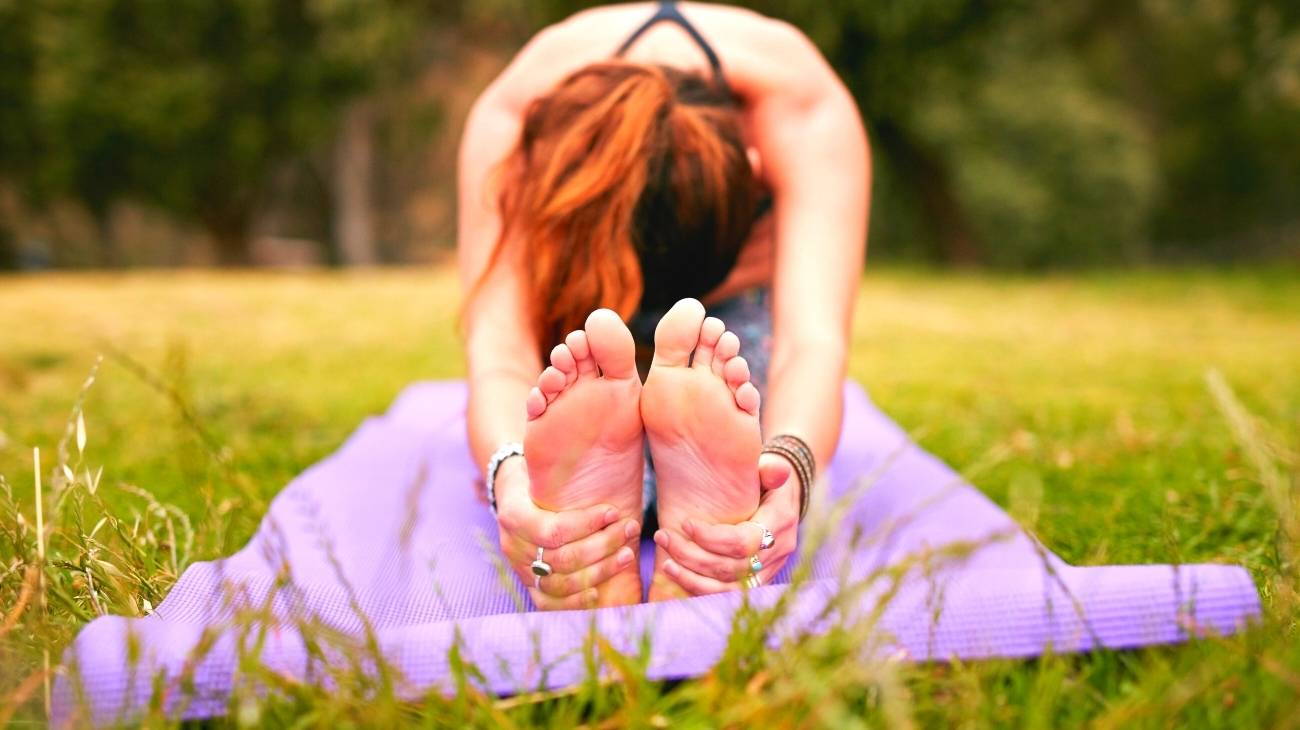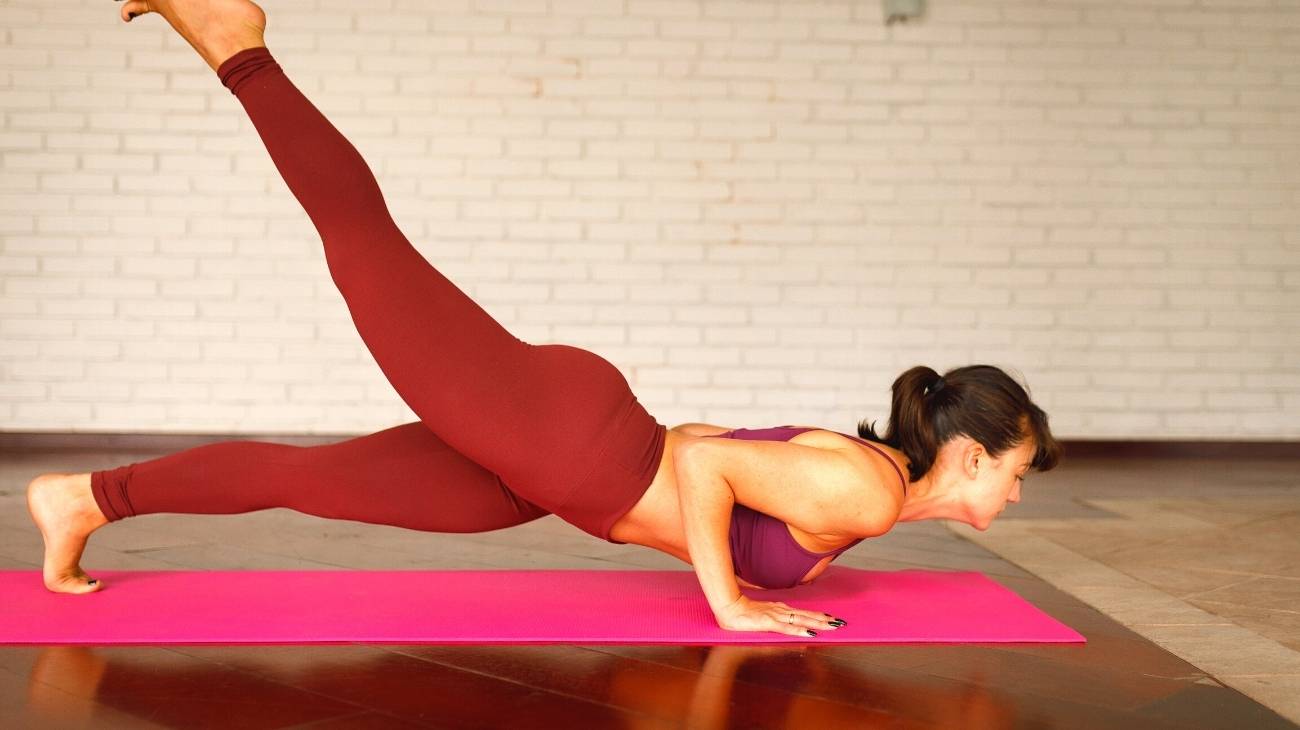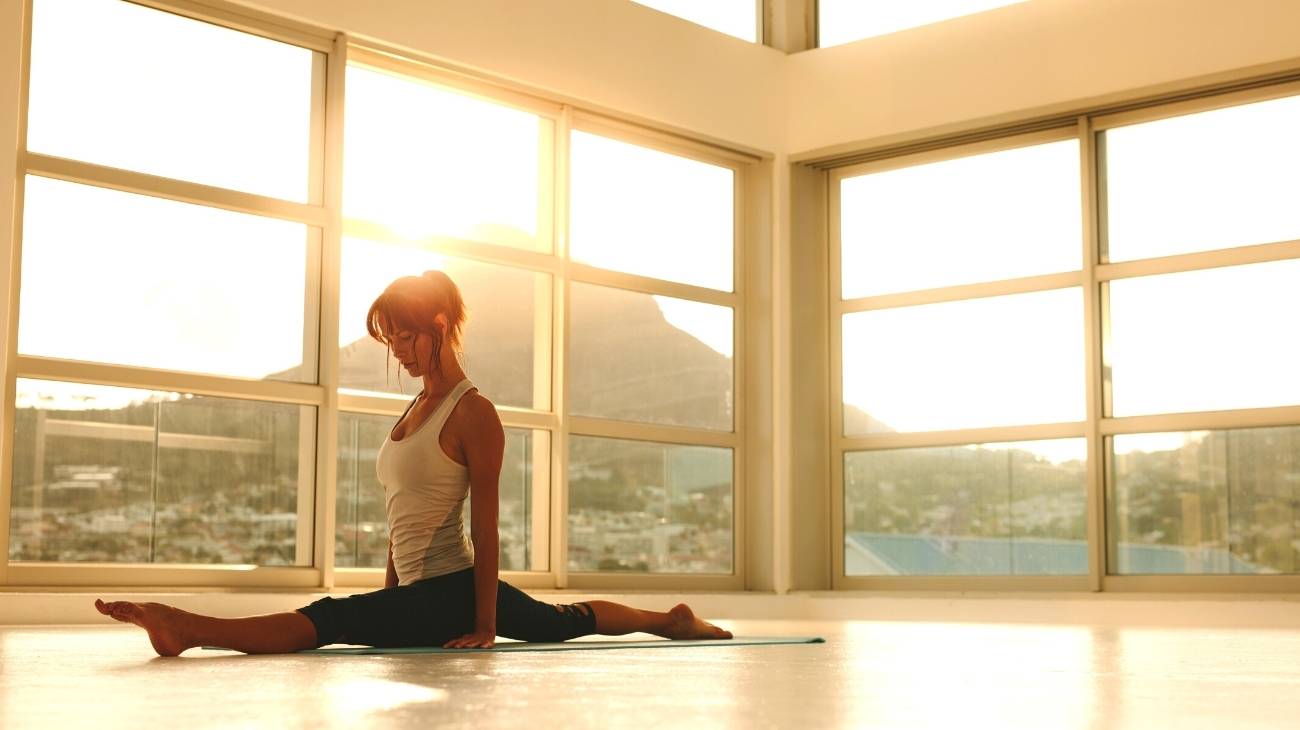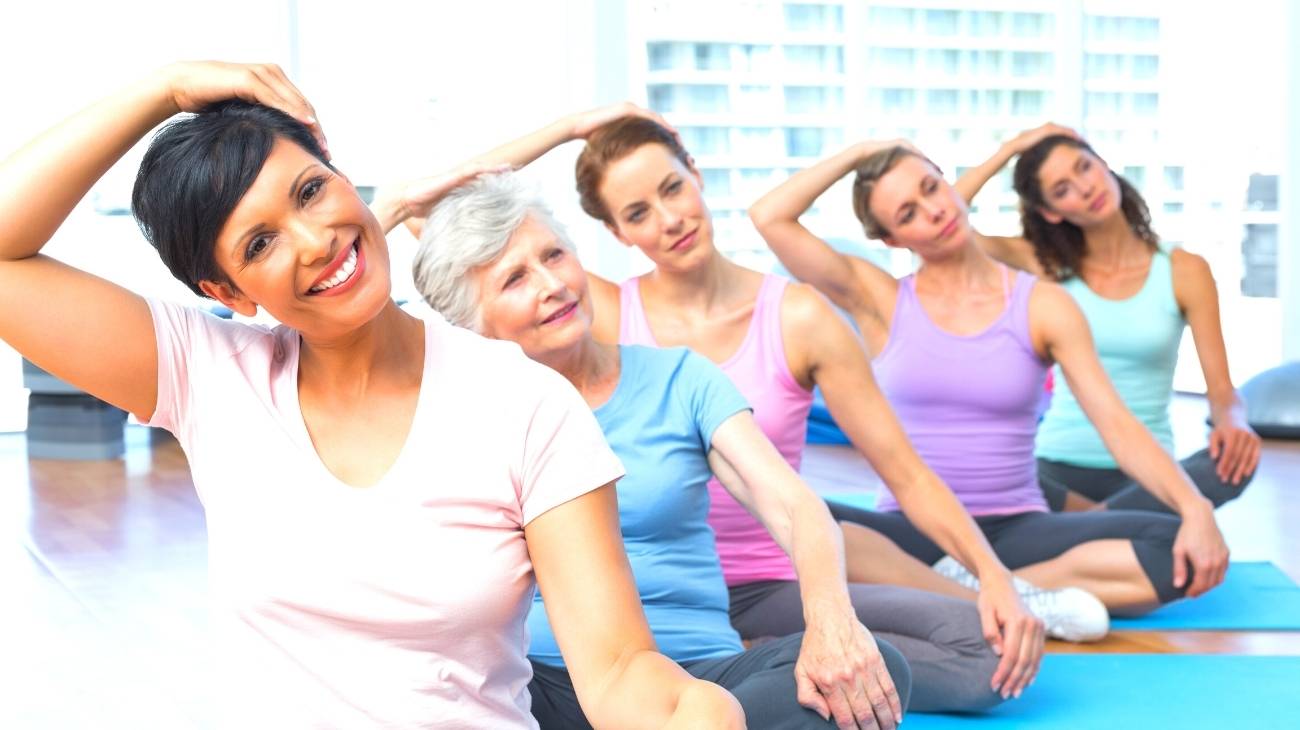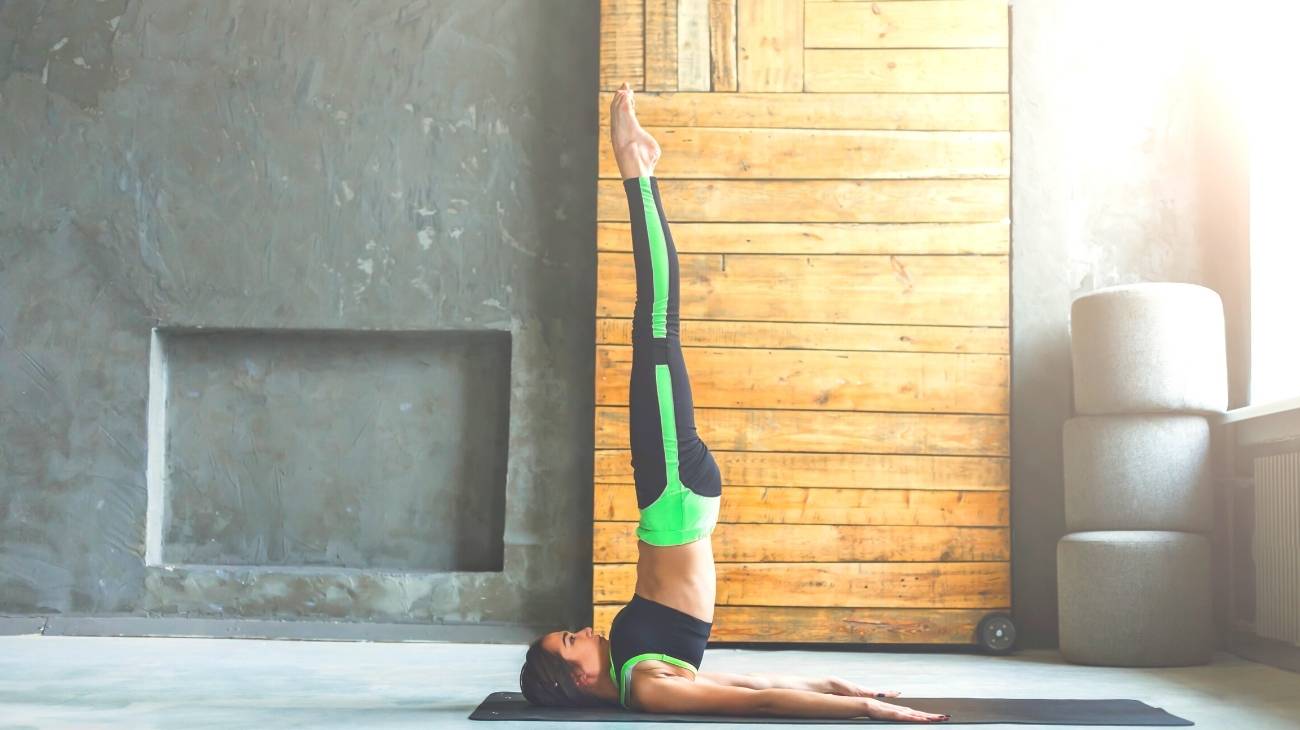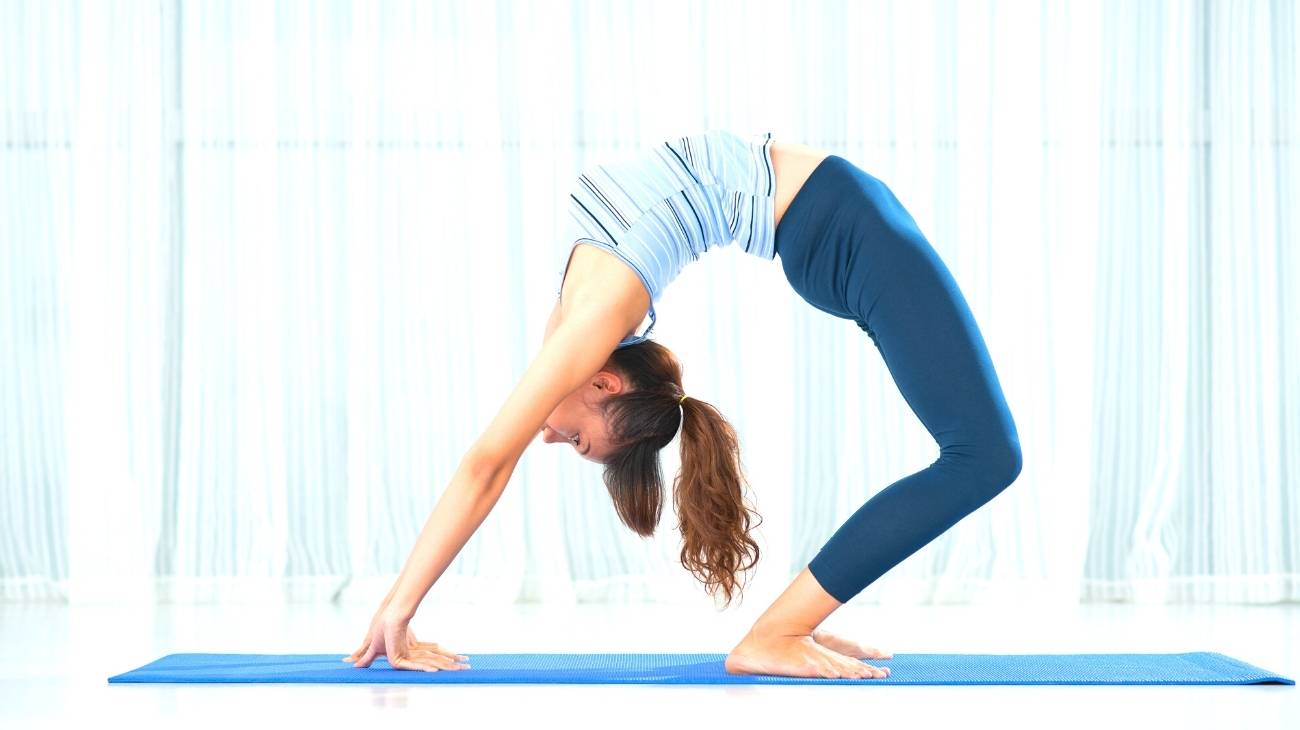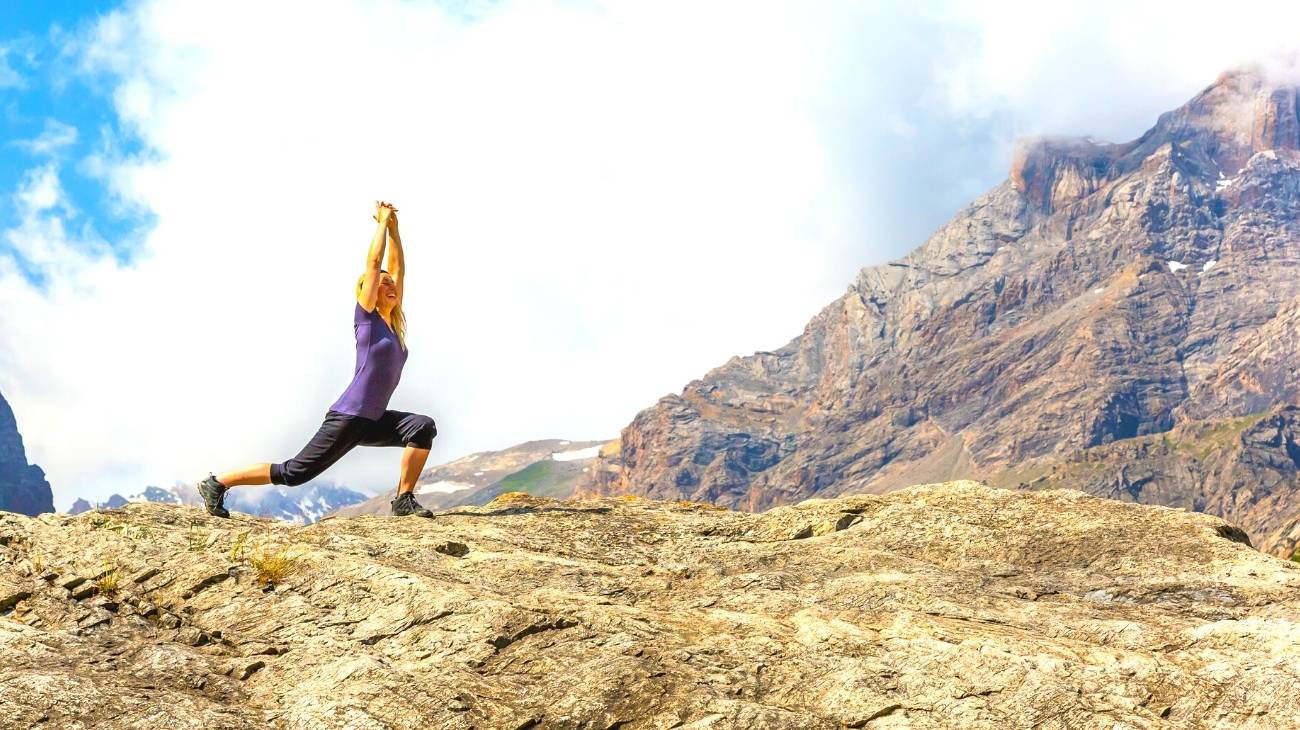Yoga is a discipline that has proven to provide excellent health benefits. However, when practised excessively or with the wrong techniques, it can lead to many injuries. Fortunately, there are a wide variety of yoga treatments for sports injuries.
Yoga treatments based on the PRICE therapy can be for mild and acute injuries. When more serious and complicated injuries have developed, they will require major solutions such as surgery. Therefore, we invite you to learn more about these treatments in the following post.
What are the most common types of injuries when doing Yoga?
Yoga is a discipline that involves the use of almost every muscle and joint in the body. Due to the number of postures, it causes injuries to the neck, shoulders, elbows, wrists, hips, legs, knees and ankles. Therefore, yogis should be aware of their movements to avoid the following injuries:
- Neck injuries: These injuries are caused by inverted postures where the head is placed on the floor to support the weight of the body. This can lead to muscle contractures, compression or avulsion of the vertebral discs and even fractures. Neck injuries can lead to pain, limited movement and stiffness.
- Rotator cuff tendinitis: This can be due to positions where repetitive movements are made over the head and chaturangas, namaste to the back and planks. These cause the humeral head to protrude, resulting in strain and inflammation of the rotator cuff tendons. This injury causes inability to raise the arms above the head, stiffness and intense pain.
- Shoulder dislocation: This is one of the most common injuries among yogis, especially beginners. It is caused by a failure of muscle coordination while performing hyperextension or hyperflexion movements. They cause intense pain, limitation of movement and a lot of swelling.
- Biceps tendon tear: This is one of the injuries associated with the rotator cuff. It is generated after repeated inflammatory injuries when performing asanas with poor technique. It causes severe pain in the shoulder and increases when trying to lift the arm.
- Lateral epicondylitis: This is caused by postures such as chaturanga, when the arms are placed in extension for a long time and with poor technique. The most common symptoms are pain and burning on movement, muscle weakness and decreased range of motion.
- Elbow bursitis: Bursitis is caused by positions where the elbow joint is overloaded. This is caused by positions in which the elbow is kept in hyperflexion and hyperextension. This causes pain, inflammation, redness, joint stiffness and swelling.
- Tendinitis of the wrist: This is due to positions where the hands are used as a support and where the entire weight of the body is maintained. This causes excessive compression and inflammation of the ligaments and tendons. This causes intense pain, inflammation and difficulty in moving the wrist.
- Carpal tunnel syndrome: This is another pathology caused by postures in which the hand supports the weight of the body. Due to these positions, compression and inflammation is generated in the median nerve. This causes pain, numbness, tingling and weakness when holding objects in the hand.
- Patellar tendinopathy: This is an inflammatory lesion at the level of the patellar tendon caused by postures in which the knee must be kept flexed. The main one is padmasana, which causes micro-tears in the tendon. This causes pain when climbing stairs or sitting and is accompanied by redness and swelling.
- Meniscus tears and ruptures: One of the structures that also suffers a lot of affection are the menisci of the knees. They are very susceptible to tears and ruptures due to the virasana posture resulting from twisting and compression. Yogis often report severe pain, stiffness, difficulty in movement and instability.
- Contracture and tearing of the hamstring muscles: These are one of the characteristic injuries of yogis in the practice of unsupported sitting postures and sudden bending. These postures cause shortening of the posterior chain of the legs leading to contraction and tearing. It causes sudden, severe pain, swelling, bruising and muscle weakness.
- Hip labral tear: This is the tearing of the labral cartilage ring due to compression caused by certain postures or the presence of joint spurs. This places extreme stress on the tendons leading to a strain or tear that causes pain in the hip. It also often radiates to the buttock or groin, accompanied by clicking and stiffness.
- Osteoarthritis of the hip: This is characterised by wear and tear and deterioration of the articular cartilage as a result of excessive movements when performing yoga postures. It usually causes pain in the hip, which can be mild or severe, accompanied by clicking and stiffness.
- Hip dysplasia: This is a very common and chronic condition in yogis due to hyperextension or hyperflexion of the hip. This creates a displacement of the femoral head and a wide space in the acetabulum. This allows a greater range of motion, accompanied by instability and damage to the ligaments and tendons of the hip.
- Tendonitis and ankle tears: These are the result of poor technique in yoga postures such as virasana, suptavirasana and lotus. These postures generate excessive tension and inflammation at the level of the Achilles tendon and ankle ligaments. The yogi will feel pain, redness, swelling and limitation of movement.
- Lumbar injuries: Some yoga postures subject the spine to excessive twisting and extension, resulting in compression of the vertebral discs. This compression can also generate pressure on the spinal nerves, especially in postures such as the camel or cobra. These injuries cause pain in the lower back that can radiate to the buttocks and legs.
- Bone fractures: Forced postures that require body lifts where stability and balance are required can lead to sudden falls and bone impacts. Fractures usually occur in bones of the limbs or vertebrae. They present as severe pain, cracking or popping, swelling and difficulty in moving.
Best products for Yoga injury recovery
Bestseller
-
2 Elbow Compression Sleeve (Black/Gray)
£20,95 -
2 Elbow Compression Sleeve (Green/Navy)
£20,95 -
2 Elbow Compression Sleeve (Pink/Bordeaux)
£20,95 -
2 Knee Compression Sleeve (Black/Gray)
£20,95 -
2 Knee Compression Sleeve (Green/Navy)
£20,95 -
2 Knee Compression Sleeve (Pink/Bordeaux)
£20,95 -
Gel Eye Mask for Puffy Eyes (Gold/Black)
£9,95 -
Gel Eye Mask for Puffy Eyes (Orange/Pink)
£9,95 -
Gel Eye Mask for Puffy Eyes (Purple/Turquoise)
£9,95 -
Microwave Wheat Bag for Neck & Shoulder Pain Relief (Hearts)
£24,95 -
Microwave Wheat Bag for Neck & Shoulder Pain Relief (Oxford)
£24,95 -
Microwave Wheat Bag for Neck & Shoulder Pain Relief (Sport)
£24,95 -
Microwave Wheat Bag for Neck Pain Relief (Hearts)
£20,95 -
Microwave Wheat Bag for Neck Pain Relief (Oxford)
£20,95 -
Microwave Wheat Bag for Neck Pain Relief (Sport)
£20,95
-
2 Ankle Compression Sleeve (Black/Gray)
£20,95 -
2 Ankle Compression Sleeve (Green/Navy)
£20,95 -
2 Ankle Compression Sleeve (Pink/Bordeaux)
£20,95 -
Foot Massage Roller for Plantar Fasciitis (Black)
£20,95 -
Foot Massage Roller for Plantar Fasciitis (Green)
£20,95 -
Foot Massage Roller for Plantar Fasciitis (Pink)
£20,95 -
Ice Massage Roller Ball (Black)
£34,95 -
Ice Massage Roller Ball (Green)
£34,95 -
Ice Massage Roller Ball (Pink)
£34,95 -
Sacroiliac Support Belt (Black)
£24,95 -
Sacroiliac Support Belt (Green)
£24,95 -
Sacroiliac Support Belt (Pink)
£24,95 -
Shoulder Support Brace (Black)
£24,95 -
Shoulder Support Brace (Green)
£24,95 -
Shoulder Support Brace (Pink)
£24,95 -
Soft Density Foam Roller for Recovery (Black)
£34,95 -
Soft Density Foam Roller for Recovery (Green)
£34,95 -
Soft Density Foam Roller for Recovery (Pink)
£34,95
How to apply the RICE therapy to treat first aid injuries in Yoga?
Applying the RICE therapy in the care of yoga injuries is one of the best options. The RICE therapy was created many years ago and was well known and used but had to be reformed to the PRICE therapy. The meaning of PRICE is protection, rest, ice, compression and elevation.
Here is how to apply it to yoga injuries:
- Protection: The injured area should be protected with the use of elastic bandages, orthoses or joint supports. The main purpose is to avoid complications or the appearance of new injuries.
- Rest: The affected area should then be placed on relative rest, limiting only movements that accentuate the injury for 48 hours. It should be relative to avoid stiffness in the area and never exceed the rest period to avoid causing further damage.
- Ice: The application of ice is very useful to avoid inflammation and accentuated pain. It should be applied using gel packs or compresses for 15 minutes, every 1-2 hours or 6-8 times a day. The application of ice should not exceed 72 hours.
- Compression: It is important to include the application of compression bandaging to help reduce swelling, pain and fix the tissues. It should be used with adequate compression to avoid reducing venous return and generating fluid accumulation.
- Elevation: Elevation of the area is important to further assist with the reduction of swelling. To do this correctly, the affected area should be elevated 30 centimetres above the level of the heart. This will help venous return, helping to reduce pain and swelling.
Surgical treatments to cure severe or chronic injuries in Yoga
Surgical treatments for severe or chronic yoga injuries are the best options. They are useful when the ability to resolve injuries has been exhausted and flexibility and endurance have been compromised. Here are some of the most useful surgical treatments:
Neck injuries
Neck injuries occur due to postures where the head must support the weight of the body. This results in compression of the vertebrae and damage to the vertebral discs and nerves. Among the most frequent injuries that are generated are vertebral fractures, bulging vertebral discs, among others.
The surgical treatments that are suitable for these injuries are the following:
- Fusion surgery: This is specially designed to treat instability or fractures of the cervical vertebrae. A small plate is used at the level of the affected vertebra to give it greater stability.
- Decompression surgery: This is surgery specifically to decompress the intervertebral discs and improve nerve damage. It is also often used to remove any spurs or inflammatory tissues that cause further compression.
Shoulder injuries
The shoulder is one of the parts of the body that is affected due to the overload generated by repetitive movements. The position that most often causes injuries to the shoulder joint is the chin. The most frequent injuries are rotator cuff tendinitis, shoulder dislocation and biceps brachii longus tendon tears.
The most commonly used surgical treatments for these pathologies are:
- Open shoulder surgery: This is a repair surgery where small incisions are made to reach the site of the tear. It is not the most commonly used surgery at present but there are undoubtedly cases where it is necessary to use it.
- Shoulder arthroscopy: This is the best option for repairing damaged tissues at the shoulder. It is performed through a small incision through which a device is inserted to visualise and repair internally. It has a faster recovery rate and is less painful.
Hand and wrist injuries
Hands and wrists are one of the parts that are often very affected by yoga practices. Damage is very frequent because the hands and wrists are the weight bearing body in most of the postures. Among the most common injuries are wrist tendonitis and carpal tunnel syndrome.
They are usually resolved surgically with the following surgeries:
- Open wrist surgery: This is usually used in long-standing or chronic pathologies at the level of the tendons or ligaments of the wrist. It can usually be used in complex or simple pathologies but its recovery time is slower.
- Release surgery: This is specially designed to improve the pathology of carpal tunnel syndrome. Through a small incision and a very simple procedure, all inflammatory and damaged tissue is removed. The tendons can then move normally.
Back injuries
The spine, especially the lumbar spine, suffers from the hyperflexions and rotations of yoga postures. These postures are responsible for compressing discs and spinal nerves. The most frequent injuries in this area are herniated discs and vertebral fractures.
The most suitable surgeries for this area are:
- Laminectomy: This is a surgical procedure specially designed to decompress discs and spinal nerves. It is currently one of the least used procedures due to the high rate of infectious and nerve complications.
- Discectomy: This is another of the ideal surgical procedures to improve the condition of the lumbar spine. It serves to remove the damaged spinal disc and restore the lumbar spine to full health.
- Laser decompression surgery: It is a less invasive procedure to reduce the compression of the vertebral discs and allows a faster recovery.
Hip injuries
The hip tends to suffer from excessive stretching and bending in yogic yoga postures. Among the most common injuries are hip dysplasia, hip osteoarthritis and hip labral tears.
The most commonly used procedures are:
- Hip arthroscopy: This is a minimally invasive procedure that allows visualisation and repair of the structures that make up the hip joint. Very small incisions are made and recovery is usually very quick.
- Hip arthroplasty: This is used for total femoral head replacements when there is total or irreparable damage. It is performed by open surgery and is much more invasive than arthroscopy. The recovery process in this surgery is much slower.
Ankle and foot injuries
Some ankle and foot injuries such as ankle sprains and Achilles tendon tears must be surgically resolved. The most commonly used surgical procedures are:
- Percutaneous open ankle surgery: This is a surgery specially designed to repair the Achilles tendon when there are total tears. However, it is associated with slower recovery and more complications.
- Ankle arthroscopy: This is a simpler procedure than the previous one and is considered minimally invasive. A small incision is usually made where the arthroscope is inserted to visualise and repair the damaged structures in the ankle.
References
- Fishman, L., Saltonstall, E., & Genis, S. (2009). Understanding and preventing yoga injuries. International journal of yoga therapy, 19(1), 47-53. https://meridian.allenpress.com/ijyt/article-abstract/19/1/47/138142/Understanding-and-Preventing-Yoga-Injuries
- Cramer, H., Ostermann, T., & Dobos, G. (2018). Injuries and other adverse events associated with yoga practice: A systematic review of epidemiological studies. Journal of science and medicine in sport, 21(2), 147-154. https://www.sciencedirect.com/science/article/abs/pii/S1440244017310502
- Swain, T. A., & McGwin, G. (2016). Yoga-related injuries in the United States from 2001 to 2014. Orthopaedic journal of sports medicine, 4(11), 2325967116671703. https://journals.sagepub.com/doi/pdf/10.1177/2325967116671703
- Le Corroller, T., Vertinsky, A. T., Hargunani, R., Khashoggi, K., Munk, P. L., & Ouellette, H. A. (2012). Musculoskeletal injuries related to yoga: imaging observations. American Journal of Roentgenology, 199(2), 413-418. http://holisticyogatherapyinstitute-org.aheartoftheworld.com/attachments/Yoga%20Injuries%20Musculoskeletal.pdf
- Wiese, C., Keil, D., Rasmussen, A. S., & Olesen, R. (2019). Injury in yoga asana practice: Assessment of the risks. Journal of bodywork and movement therapies, 23(3), 479-488. https://www.sciencedirect.com/science/article/abs/pii/S1360859218304455
- Ravi, S. (2016). The application and effectiveness of yoga in prevention and rehabilitation of sport injuries in athletes participating in competitive sport. LASE JOURNAL OF SPORT SCIENCE is a Scientific Journal published two times per year in Sport Science LASE Journal for sport scientists and sport experts/specialists, 44. https://www.journal.lspa.lv/images/2016/1/4_LASE_2016_1.pdf
- Russell, K., Gushue, S., Richmond, S., & McFaull, S. (2016). Epidemiology of yoga-related injuries in Canada from 1991 to 2010: a case series study. International journal of injury control and safety promotion, 23(3), 284-290. https://www.tandfonline.com/doi/abs/10.1080/17457300.2015.1032981
- Cramer, H., Lauche, R., Haller, H., Steckhan, N., Michalsen, A., & Dobos, G. (2014). Effects of yoga on cardiovascular disease risk factors: a systematic review and meta-analysis. International journal of cardiology, 173(2), 170-183. https://www.sciencedirect.com/science/article/abs/pii/S0167527314003702
- Paterson, J. (2008). Teaching Pilates for Postural Faults, Illness and Injury: A Practical Guide. Elsevier Health Sciences. https://books.google.es/books?hl=en&lr=&id=A-CAnOi4RV0C
- Barker, A. L., Talevski, J., Bohensky, M. A., Brand, C. A., Cameron, P. A., & Morello, R. T. (2016). Feasibility of Pilates exercise to decrease falls risk: a pilot randomized controlled trial in community-dwelling older people. Clinical rehabilitation, 30(10), 984-996. https://journals.sagepub.com/doi/abs/10.1177/0269215515606197

